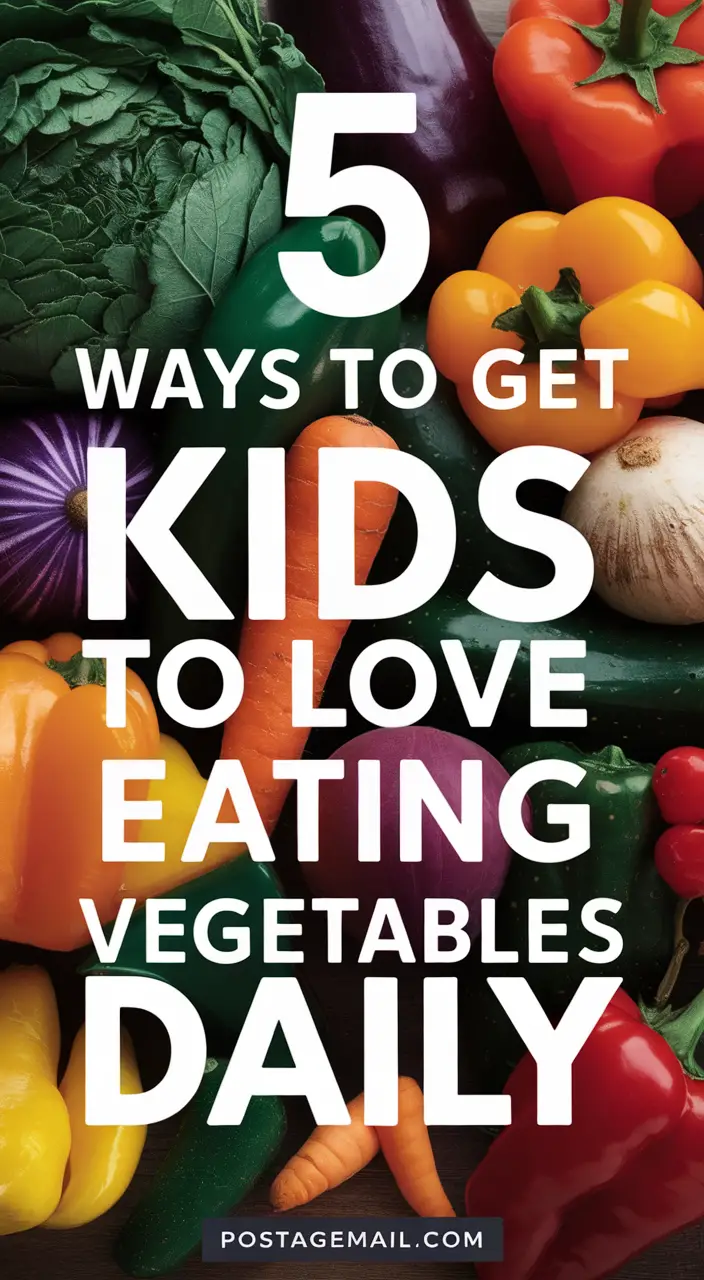Getting Your Child to Eat Fruits and Vegetables: 10 Tips to Encourage Healthy Eating
As a parent, it’s natural to worry about your child’s eating habits, especially when it comes to fruits and vegetables. You’ve probably tried bribing, rewarding, and pleading with your child to eat a balanced diet, but to no avail. As a dietitian and mom of three, I understand the anxiety that comes with mealtime battles. In this article, I’ll share 10 tips to encourage your child to branch out and learn how to enjoy fruits and vegetables for a lifetime.
The Importance of Fruits and Vegetables for Kids
We all know that fruits and vegetables are essential for good health. They provide fibre, antioxidants, vitamins, and minerals that are crucial for growth and development. If your child doesn’t eat fruits or vegetables, I recommend consulting a dietitian for personalized advice. They can assess your child’s diet and recommend supplements to fill any nutritional gaps.
It’s common for kids to like fruit but not vegetables. While it’s great news if your child eats fruit, it’s still important to offer vegetables. Fortunately, many of the same nutrients are found in both fruits and vegetables, so your child can still get the nutrients they need.
Why Kids Hate Vegetables
Around the age of 2, children become more mobile and start to develop neophobia, a fear of new foods. This is possibly a defence mechanism to prevent them from eating poisonous plants. Vegetables can be challenging for young kids due to their bitter taste and texture. Kids naturally prefer sweet foods, which provide quick energy sources like sugar and refined carbs.
Avoid Pressure Tactics
Many parents use pressure to get their child to eat, but research shows that this approach backfires. Higher pressure to eat leads to lower levels of child food intake and weight, and higher levels of pickiness. Instead of pressuring your child, try to avoid the following tactics:
- Avoid praise or rewards for eating vegetables, as this can create an expectation of a reward for eating.
- Refrain from bribing your child to eat vegetables by offering dessert as a reward.
- Don’t educate your child about the health benefits of vegetables, as this can have the opposite effect.
- Avoid hiding pureed vegetables in other foods, as this doesn’t allow your child to experience the food and learn to like it.
10 Tips to Encourage Kids to Eat Vegetables
Now that we’ve discussed what not to do, here are 10 tips to encourage your child to eat fruits and vegetables:
- Make vegetables easier to eat. Serve veggies in a form that’s easy for your child to eat, such as sweet potato fries or kale chips.
- Add flavour. Serve vegetables with dips or sauces, like hummus or ranch dressing, to make them more appealing.
- Give vegetables fun names. Use catchy names like “power peas” or “superhero spinach” to create interest.
- Play with food. Engage your child in food play, such as making a stamp with a beet or potato, to help them become comfortable with new foods.
- Don’t give up. It can take up to 15 or more tries before your child will choose to eat a new food, so keep offering it.
- Serve veggies when hungriest. Offer vegetables when your child is most hungry, such as before dinner or as an afterschool snack.
- Grow a garden and shop with your child. Involve your child in the process of growing or buying vegetables to encourage them to try new foods.
- Cook with your child. Engage your child in cooking to give them a sense of pride and ownership of the food.
- Try Food Chaining. Use Food Chaining to introduce new foods by gradually changing the sensory properties of a favourite food.
- Be a good role model. Let your child see you eating fruits and vegetables, and they’ll be more likely to follow your example.
Recipes to Get Kids to Eat Vegetables
To make vegetables more appealing to kids, try serving them in tasty and easy ways. Here are some recipe ideas:
- Broccoli mac and cheese
- Quick broccoli and cheddar muffin tin frittata
- Chocolate Chip Spinach Banana Bread
- Beet Salad or Greek Salad
- Smoothies with spinach or other leafy greens
What if Fruits and Veggies Come Home from School Untouched?
If your child brings home uneaten fruits and vegetables from school, try the following:
- Make them easy to eat by cutting them into bite-sized pieces.
- Include small amounts to prevent overwhelm.
- Offer uneaten fruits and veggies as an afterschool snack.
- Get your child involved in packing their lunch or preparing a snack.
Conclusion
To encourage your child to eat fruits and vegetables, avoid pressure tactics and try the 10 tips outlined above. By exposing your child to a variety of fruits and vegetables in a positive and engaging way, you can help them develop a healthy relationship with food. Remember, it’s not your job as a parent to get your child to eat their broccoli at dinner tonight, but to raise them with a healthy attitude towards food.
About the Author
Jennifer House is a Registered Dietitian, mother of 3, author of The Parents Guide to Baby-led Weaning, and founder of First Step Nutrition in Calgary, Alberta. Jen specializes in picky eating and helps parents teach their kids to try new foods without yelling, tricking, or bribing.
Frequently Asked Questions
Why are fruits and vegetables important for kids?
Fruits and vegetables provide essential fibre, antioxidants, vitamins, and minerals for growth and development.
Why do kids dislike vegetables?
Kids often dislike vegetables due to their bitter taste, texture, and natural preference for sweet foods.
Should I force my child to eat vegetables?
No, pressuring or forcing your child to eat can lead to lower intake and increased pickiness.
How can I make vegetables more appealing to my child?
Try serving veggies in fun forms, adding flavour with dips or sauces, or giving them catchy names.
How many times should I offer a new food to my child?
It can take up to 15 or more tries before your child will choose to eat a new food, so keep offering it.
What if my child doesn’t eat the fruits and veggies packed in their lunch?
Try making them easy to eat, including small amounts, and involving your child in packing their lunch or preparing a snack.
Can I hide pureed vegetables in other foods?
No, hiding pureed vegetables doesn’t allow your child to experience the food and learn to like it.
How can I encourage my child to try new foods?
Try Food Chaining, involving your child in cooking, and being a good role model by eating fruits and vegetables yourself.

